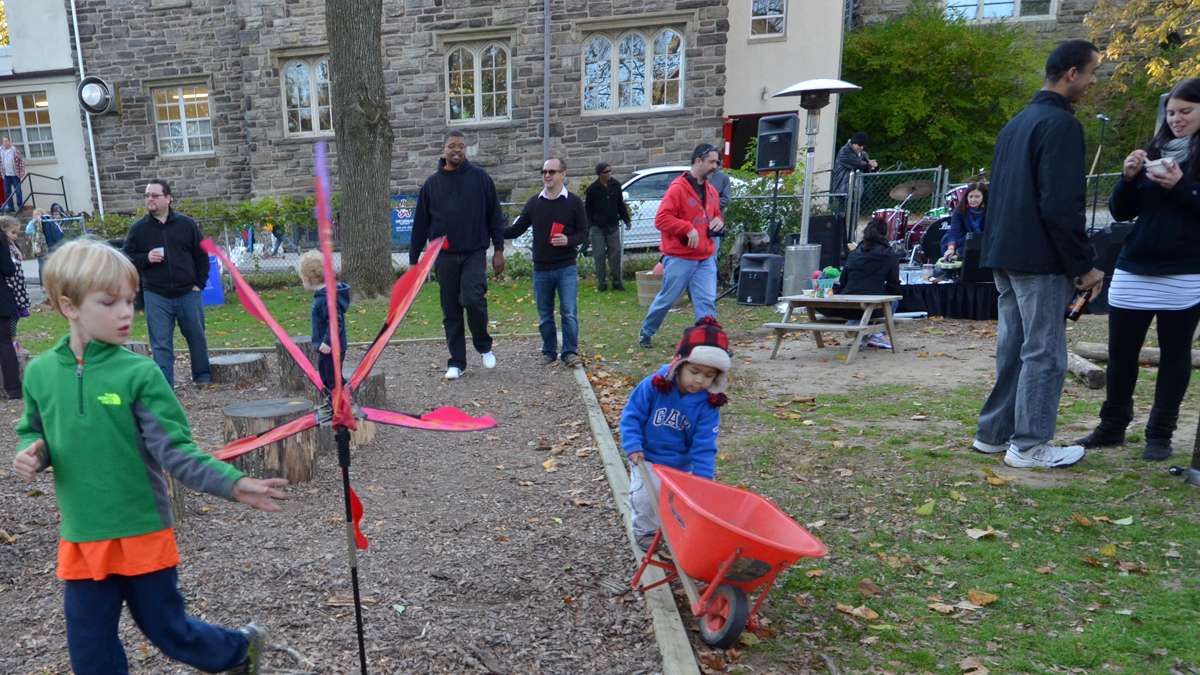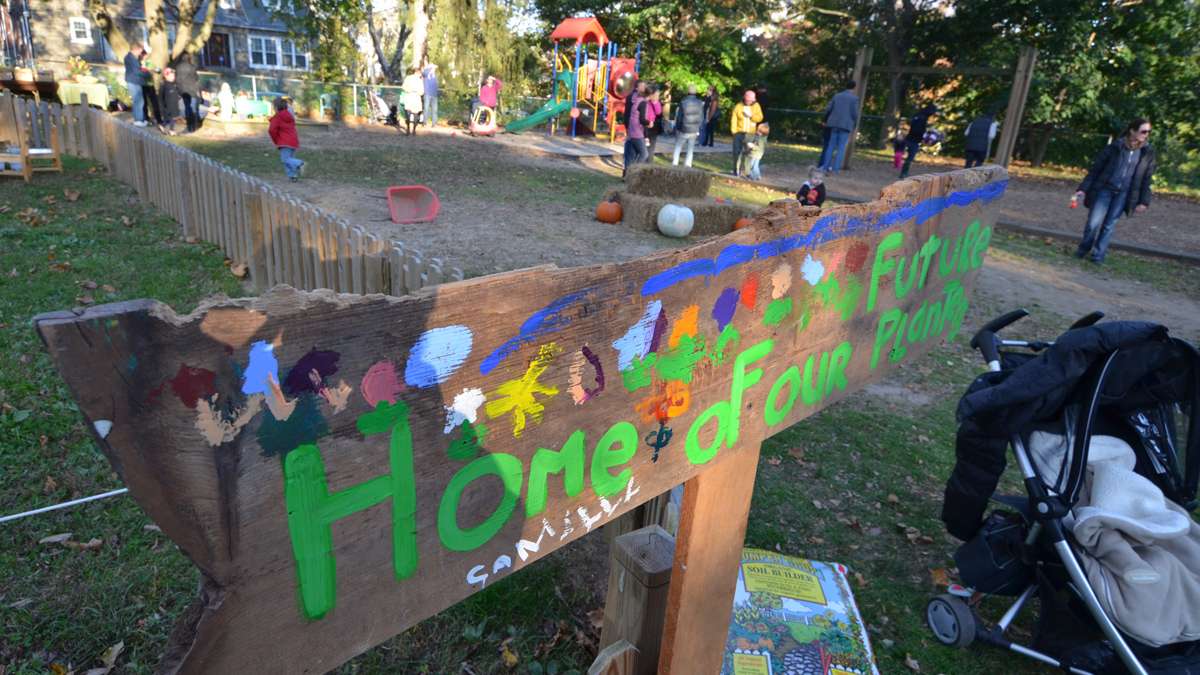Why Sandy aid is taking so long
Sandy was without a doubt the most destructive storm to hit New Jersey in modern times, causing dozens of deaths, damaging or destroying nearly 350,000 buildings, and leaving 7 million residents in the dark. Official estimates put statewide losses at around $37 billion, but one recent study speculated that once factors like loss of economic activity and tourism dollars, borrowing costs, infrastructure repairs, and storm mitigation are taken into account, the cost could rise billions or even tens of billions higher.
New Jersey’s 127 miles of coastline contain billions of dollars of real estate, and they’re the source of tens of thousands of seasonal jobs and a $19 billion tourism industry, so rebuilding the shore as quickly as possible was seen as an imperative by many residents and business owners. On the one hand, the Christie administration has done all it can to expedite that endeavor, waiving standard permitting processes and minimizing interference from Trenton. It has also opted to leave important rebuilding decisions up to local municipalities, despite complaints and warnings from environmentalists and planners who call for more regional-based, long-term planning that takes future storms into account. On the other hand, even with the hurry-up-and-build approach, the Jersey Shore still has a long way to go to get back to normal.
Assessing the state of the recovery one year later is hard to do. There are plenty of anecdotes from shore residents to go around, but it’s hard to get a sense of the big picture. Building construction permit numbers don’t really tell the story, since there’s no way to separate figures of houses being rebuilt as a result of the storm from homes that would have been built anyway. And while vacant lots abound in places like Union Beach, there is no data available on a statewide level to indicate just how many people have yet to return to their homes. The Ocean County Planning Board did estimate recently, however, that it could be as high as 26,000 residences countywide.
There are certainly some promising signs. The administration has dedicated $300 million of FEMA money to offering buyouts of 1,000 flood-prone homes damaged by Sandy in tidal areas throughout the state, as well as another 300 that have repeatedly flooded in the Passaic River Basin. The first two deals were inked last week in Sayreville, and dozens more closings are expected in the coming months.
Insurance money has mostly gone out, even though it’s rarely enough to cover all the losses. According to information supplied by the NJ Department of Banking and Insurance, as of September 15th, private insurers had paid nearly $1.7 billion on residential property claims and $915 million for commercial property losses. And FEMA says federal flood insurance payouts in the state total more than $3.5 billion so far.
Roads and boardwalks have been fixed, and many homes are in the process of being elevated. And despite vocal objections from some holdouts, coastal communities are slowly going ahead with acquiring access to allow the Army Corps of Engineers to build a line of protective dunes.
Still, the past year has been difficult for many state residents. In Waretown, Judy Hickerson and her husband remain homeless, shuttling back and forth between relatives, sleeping on spare beds until they can get enough aid money to rebuild. In Union Beach, restaurant owner Gigi Liaguno-Dorr has filed a lawsuit against her insurance company, which has so far paid out less than $10,000 on an $850 thousand dollar policy. And along the Jersey Shore, a Monmouth University poll released in September found nearly 40 percent of respondents said they spent less time at the beach this summer than in previous years due to nagging perceptions that things were not yet up and running. For many, a full recovery from Sandy is not yet on the horizon.
Gov. Chris Christie has said he expects the state to eventually receive a total of $20 billion – 25 billion in federal relief aid out of the total $57 billion Sandy package approved by Congress. But that money has been slow to arrive.One year after the storm, FEMA reports that about five and a half billion has made it to the Garden State, through a combination of individual and public assistance grants, Small Business Administration disaster loans, and federal flood insurance claims. On top of that, the NJ Department of Community Affairs was allocated $1.8 billion earlier this year to hand out as Community Development Block Grants, but thousands of homeowners who applied for assistance many months ago are only just starting to receive their checks.
On the eve of the Sandy anniversary, the Department of Housing and Urban Development also announced yesterday that it was allocating its second tranche of CDBG recovery funds, totaling an additional $1.46 billion for New Jersey. But before any of those dollars change hands, the state will need to create an action plan, detailing how it plans to spend the money. There will be a public comment period, and then HUD will need to approve that plan and sign grant agreements with the state. After that, New Jersey must formally request a line of credit from HUD to get portions of the money obligated, and only then will the grant application process begin. Suffice it to say, it could be several more months before any of that money starts being distributed.
The process as described may sound incredibly cumbersome, but officials at all levels of government say they’re doing their best to balance getting the aid out the door as quickly as possible with sorting through a myriad of bureaucratic and logistical safeguards put in place to ensure the money is well-spent. And those challenges are vastly amplified by the scale of the recovery up and down the coast and the sheer number of applicants who’ve applied for state and federal grants. So far, the added paperwork, permits, and delays appear to have bogged down the process, leaving many homeowners in the lurch, still waiting a year after Sandy to figure out if they’ll get enough money to be able to rebuild. That appears to be changing, with the largest state grant programs for individuals finally starting to cut checks and get aid into the hands of people who need it. But for those who’ve spent the past year living in limbo, crashing on friends’ couches, and exhausting their retirement savings trying to make ends meet, it’s long overdue.
Of the close to 17,000 New Jersey applicants who qualified for $10,000 grants under the CDBG Resettlement Program — which provides funds for people to remain in or return to the county where they lived prior to the storm — the state has so far awarded checks to about 14,000 people. That program has largely been a success story, say state officials, because there are no federal mandates requiring high levels of documentation or environmental reviews.
It’s a different story with the Reconstruction, Rehabilitation, Elevation and Mitigation (RREM) Program, the largest of the CDBG grants, offering up to $150,000 for people to repair or rebuild their primary residences in accordance with the new FEMA flood maps. More than 15,100 homeowners applied, a little over 4,100 were approved, and only a few hundred people have received funding so far.
In explaining the delay, Lisa Ryan with the NJ Department of Community Affairs — which administers the program — said that HUD “requires eligible homeowners to jump through numerous federally mandated hoops” that include “considerable documentation, multiple on-site home inspections, environmental reviews, architectural plans, builder selection, and local zoning and construction approvals.” She noted that the state also has to take a close look at each homeowner’s finances to ensure that there’s no duplication of benefits from FEMA or insurance companies, and that homeowners have enough personal funds to complete the work.Things are ramping up, though. To date, Ryan said the Department has completed grant signings with more than 200 RREM applicants, obligating almost $20 million in grant assistance and approximately $5 million in reimbursements for rebuilding work already done. “The reimbursement funds are actively being disbursed with checks literally being processed and going out the door,” she said, adding that “more than 300 more RREM grant-agreement signing appointments are scheduled, with between 15 and 25 grant signings on any given day.”
As of last Wednesday, a third program, the Sandy Homebuyer Assistance Program had closed 22 loans totaling $1 million out of close to 9,000 applications that were initially submitted.
HUD officials contacted for this story were unable to issue a statement responding to the complaints of slowdowns, and they were hesitant to engage in finger-pointing. But HUD Secretary Sean Donovan did respond to some of the criticism during a Senate Banking Committee hearing last month looking at the status of the recovery efforts. Citing the large number of flood insurance payouts and the repairs of boardwalks and beaches, he said “we are making real progress,” but acknowledged that “recovery is never fast enough” and that “there are still many things that we can do to speed up the process of getting help to families.”
Donovan also said there remains some confusion and misinformation about just what is and isn’t covered under the aid programs and how exactly they work, so he pledged better communication, and he said FEMA will make sure it puts more adjusters on the ground following future storms to prevent bottlenecks in the flood insurance claims process.
On the other hand, he noted that extra steps like environmental reviews are legislatively required as part of the aid disbursal process, as is the mandate to check recipients’ finances to avoid duplication of benefits. And that can be a laborious, time-consuming process. Speed bumps have also been built into the process to safeguard against waste, fraud, and abuse and to avoid a repeat of some of the mistakes lawmakers say were made after Hurricane Katrina, when some residents took their money and left town, rather than using it to rebuild. And rules requiring people to elevate their homes when rebuilding along the coast are intended to avoid handing out taxpayer money to people building things back in exactly the same way, where they’ll be just as vulnerable to future storms. The goal of all these steps, said Donovan, is to “help communities rebuild stronger so they’re better prepared to withstand future storms.”
Amid the criticism from Sandy survivors waiting exorbitant amounts of time to get the help they need, the Christie administration has come under fire at times for not being transparent enough in the way it’s handled the storm recovery process. The entire effort is being overseen by the Governor’s Office of Recovery and Rebuilding, a cabinet-level position created in the aftermath of Sandy. Last November, Christie named attorney Marc Ferzan as the so-called “storm czar” to lead the office, but he’s made few public appearances since assuming the position, and he never speaks to the media or grants interview requests. Speaking briefly to NJ Spotlight after a speech before the State Chamber in April, he pledged more transparency and visibility in the future, yet he’s continued to work behind the scenes and completely out of the public eye. In addition, the Governor’s office has turned down repeated requests to speak with him or members of his staff.And it’s not just the media that’s had trouble finding out what’s going on. Administration officials repeatedly delayed requests by The Fair Share Housing Center to release detailed information regarding how decisions are made about who is and who isn’t awarded CDBG recovery grants. After growing frustrated with the wait, last month, the group filed a lawsuit.
Even lawmakers have had difficulty getting their questions answered. Members of the State Senate Environment and Energy Committee and the Assembly Environment and Solid Waste Committee have held several hearings around the state over the past few months — in Atlantic City, Jersey City, Trenton, and Toms River — to hear testimony from storm survivors and gauge the progress of the recovery.
Each of these hearings has witnessed a parade of hard luck stories from struggling residents along the coast, as well as complaints from a variety of social service organizations about kinks in the process of getting assistance to people who need it. And tensions seem to be building. The lawmakers have extended invitations to Ferzan and DCA Commissioner Richard Constable on several occasions, but the officials have failed to respond or cited scheduling conflicts in each of those cases. Speaking with the Associated Press, Christie now says he refused to send members of his administration to attend the hearings because he felt they were being run by Democrats simply seeking to score political points. After the last hearing in Toms River, Sen. Bob Smith (D-Middlesex) raised the possibility of issuing subpoenas at future hearings to compel them to testify.
As a result of lengthy delays in handing out aid money following Hurricane Katrina, Congress enacted a new requirement that all future disaster relief money needs to be spent by the recipient within two years of the date it’s obligated. The clock has already started ticking for several pots of money the state of New Jersey has already received. Speaking last April, Ferzan said his office is negotiating with HUD officials to get that timeline extended. “We want to move quickly, obviously. We want to get programs underway,” he said, “but to do the smart stuff and the complicated stuff, we’d like to have a little bit more time.”
Amid all the calls to speed up the process of getting relief money to struggling residents, some environmentalists in the state might actually agree with the notion — at least in principle — that aid being rushed out the door too fast could hurt efforts to make the state more resilient over the long term. They’ve called for New Jersey to engage in more extensive planning, focusing on climate projections and enacting statewide construction requirements that account for rising sea levels and the threat of future storms. The $1.46 billion in additional CDBG funding HUD allocated to New Jersey yesterday recognizes these concerns by requiring that states focus more on mitigation and prepare risk assessments, including climate change impacts. The focus going forward, say environmental and planning advocates, must be not just on rebuilding the Jersey Shore so it’s safer from the next storm, but so it’s safer over the next century.
________________________________________________________
Scott Gurian is the Sandy Recovery Writer for NJ Spotlight, an independent online news service on issues critical to New Jersey, which makes its in-depth reporting available to NewsWorks.
WHYY is your source for fact-based, in-depth journalism and information. As a nonprofit organization, we rely on financial support from readers like you. Please give today.















